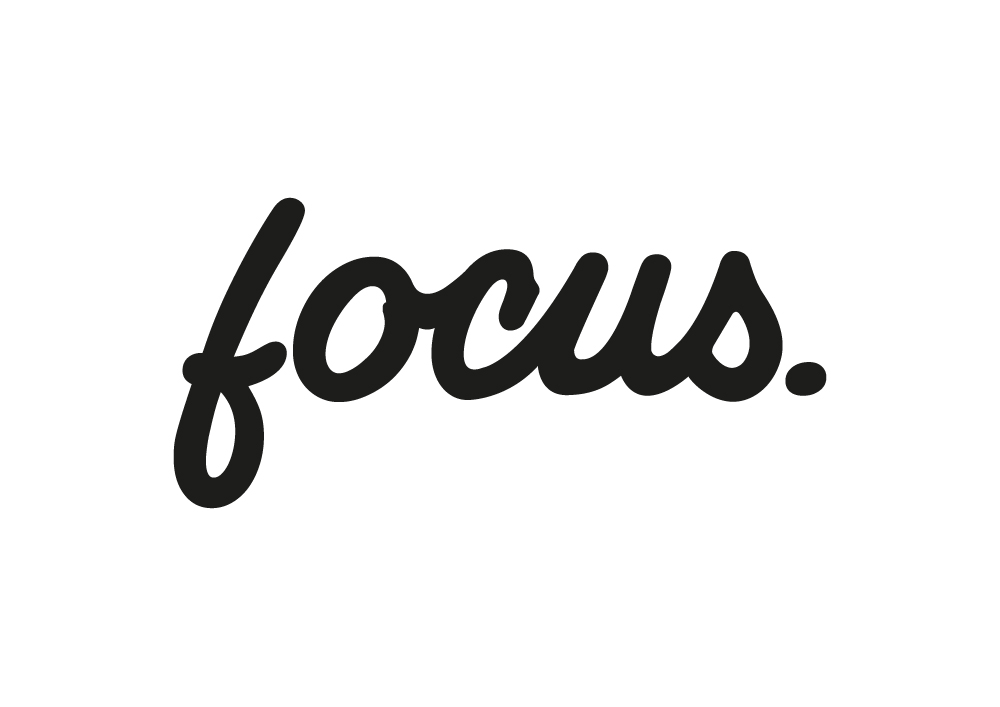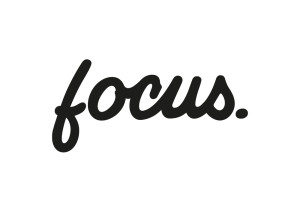5 quick tips to be organized, focused, and clutter-free
1. Inbox detox. Everyone these days is talking about detoxing: Body, mind, etc. … so why not a digital detox? Having a full inbox staring at you might add to your stress. The best remedy is to create a recurring weekly appointment in your calendar to maintain your inbox. Without an appointment, you are less likely to complete this task.
- Eliminate emails that you don’t need or ones that don’t add value to your life. Either delete them or create folders/labels where you can easily access the information.
- Sign up at https://unroll.me. This service works wonders as it analyzes your inbox, lists all of your subscriptions in one place and sends just 1 daily digest email to you. So instead of receiving multiple emails in your inbox, you receive just one.
- Add color to your folders/labels. For those folders with important information, color-code them so they stand out. For example, red equals urgent information, yellow is action items, etc. Add as many folders as you need to help find important email in a pinch
2. One space at a time. Being able to handle many tasks at once used to be a desired skill, but multi-tasking these days isn’t ideal. Focusing on one task (or space) at a time increases follow-through and success. Keys to tackling one space at a time include:
- Work in one room and on one task at a time such as de-cluttering the bookshelf, replacing batteries in the smoke detector or going through the mail on the coffee table.
- Create a to-do list for each room and get the satisfaction of checking completed items off the list.
3. Create a landing station and a launching pad. This tip will help you leave the house on time in the morning and unnecessary stress by eliminating morning episodes when you cannot find your essentials like your keys or wallet. Here’s how to set these up:
- Designate a place where all of your important items land upon entering your home, aka the landing station. This could be a bowl on a table or a drawer or even a small box placed next to the primary door. Hooks are also useful for storing keys.
- Similarly this becomes the “launching pad” to find the essential items needed on your way out the door.
- When we put items we need in the same place every day, it helps to save time, energy and unsolicited anxiety. It also helps to contain clutter.
4. Go for “The Fast 15!” At the end of each workday, take 15 minutes to organize your office desk and workload for the next day:
- Review your calendar for tomorrow noting any big deadlines and meetings.
- Add important to-do’s into your schedule.
- File folders and papers, which are complete and no longer needed.
- Take out folders and information needed for the next day so you’ll hit the ground running when you arrive in your office.
- Clear your desk and put away any office supplies or items used during the day so your desk is a clean slate for tomorrow.
In addition, you can do “The Fast 15!” at home. Before going to bed, take 15 minutes to organize your home and prepare for the next day’s activities:
- Straighten areas by gathering belongings and placing them in their correct designated homes.
- Neaten up as necessary to eliminate clutter.
- Review your family’s calendar to see what important appointments or activities are happening tomorrow.
- Gather items needed for the next day and place them in the launching pad area.
5. Practice macro and micro sorting. This one-two punch strategy will help you with the “overwhelm” and keep you focused on an organizing schedule. Take time every day to do either a macro-sort or micro-sort so clutter will quickly be eliminated:
- When clutter is everywhere, start with a macro-sort. Macro is the bigger picture. Start by collecting items that are not in the right room and place them into the rooms where they belong. Sometimes you just have enough time to work on the big picture.
- Micro-sort is touching and examining each item. Go through every pile, folder, and decide if you need to keep, donate, trash, etc. Spend time in that room focusing on what belongs there and how you want to organize the room.
If all of the above feels overwhelming, pick one tip to focus on first and ignore the rest for now. One step at a time.



